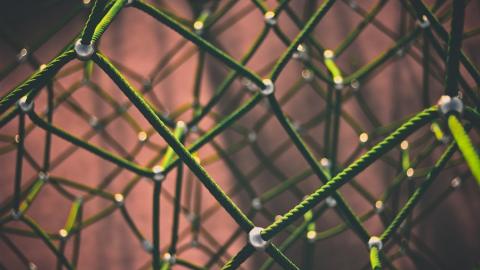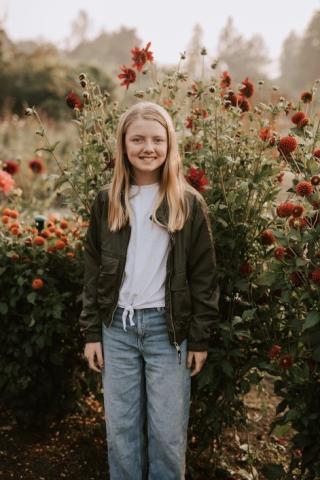Therapy Connects Speech Pathways (Fall 2021 Breaking Barriers)


At age 3, our daughter Norah was diagnosed with severe childhood apraxia. Apraxia is not common and is a motor planning disorder that mainly manifests in Norah’s speech and gross/fine motor skills, like someone who has had a stroke and has lost the ability to speak or loss of motor skills. Whereas stroke survivors use therapy to re-strengthen the motor planning pathways, these pathways were never connected in people with apraxia. Extensive therapy is needed to make these connections.
The doctors at Seattle Children’s Hospital told us that Norah would need therapy sessions four to six times per week to see improvements and that this regimen would give her a chance at leading a “normal” life. At age three, Norah began to receive speech therapy at Lynden School District two times per week for 30 minutes, and Norah continues to receive these services on site to this day.
We also enrolled Norah in the speech program at Western Washington University (WWU). Norah completed 16 consecutive quarters at WWU, attending two times per week for 45 to 60 minute sessions, year-round. Norah went from not being able to speak at all to being able to have full conversations with at least 90 percent intelligibility.
To help her gross and fine motor skills, we enrolled her in occupational therapy, swimming lessons, horse riding therapy, and educational tutoring. We were told early on that activities that require her to cross her midline would be extremely beneficial for her brain to make motor planning connections.
Norah is now 12 years old and going into seventh grade. Running her around is a full-time job and such a blessing to see how she is making huge strides. Norah has not complained one single time! This girl is the hardest and happiest worker! She thrives off attention, and it has compelled her to work all the harder. We are so proud of her.
Disability Concerns, Church Admin & Finance
Disability Concerns, Church Admin & Finance
Disability Concerns, Training and Education
Disability Concerns
Connect to The Network and add your own question, blog, resource, or job.
Add Your Post
Let's Discuss
We love your comments! Thank you for helping us uphold the Community Guidelines to make this an encouraging and respectful community for everyone.